Tag
#Faurecia
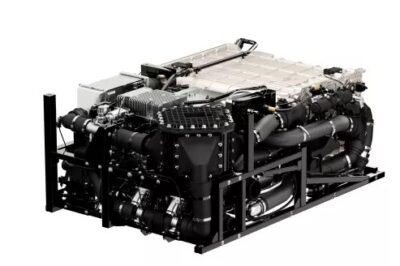
Symbio showcases new fuel cell system
20.02.2025
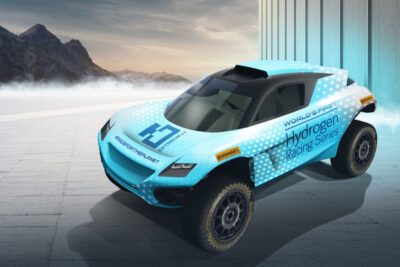
Symbio is declared official supplier for Extreme H off-road racing series
16.02.2024
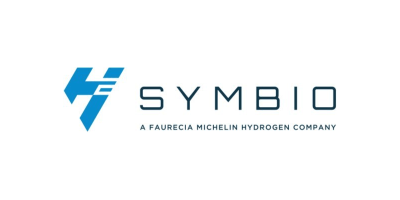
Stellantis joins fuel cell joint venture Symbio
31.07.2023

Stellantis to invest as major shareholder in Symbio
23.12.2022
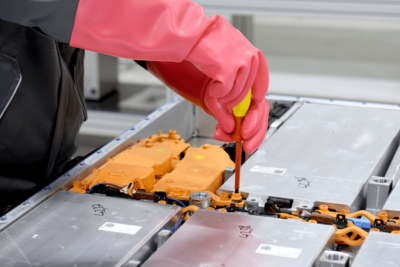
Seat receives almost half of Spain’s PERTE grant
26.10.2022
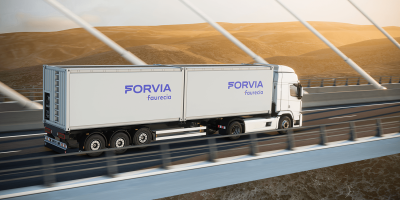
Faurecia to supply H2 tanks for ZEV project in France with Air Flow
21.06.2022
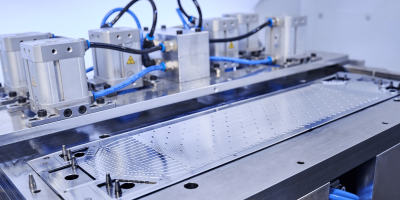
Schaeffler & Symbio launch joint venture for bipolar plates
07.06.2022
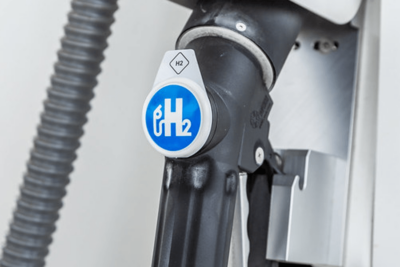
Faurecia awarded CEC grant for H2 trucking pilot
13.04.2022
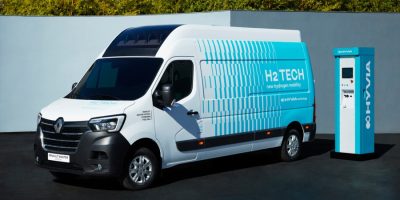
Hyvia presents near-series prototype of the Master H2-Tech
14.10.2021
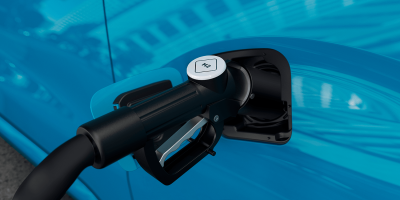
Symbio launches US subsidiary
26.08.2021
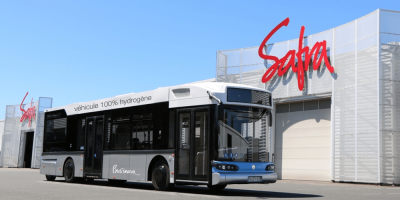
Safra & Symbio to make 1,500 fuel cell buses in France
08.04.2021
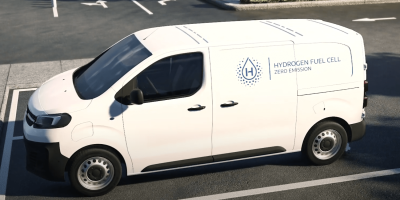
Stellantis to deliver fuel cell transporters in 2021
01.04.2021
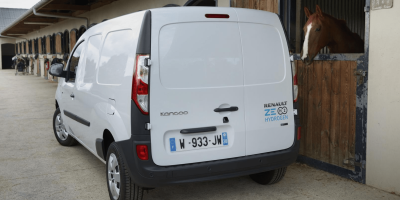
Faurecia to supply Renault’s future fuel cell vehicles
21.02.2021
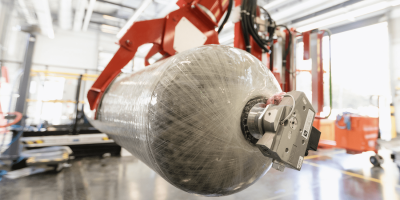
Faurecia buys majority of high-pressure tank specialist CLD
17.02.2021
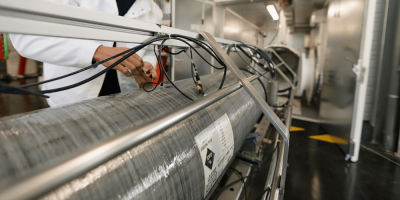
Faurecia opens hydrogen R&D centre in France (video)
09.10.2020
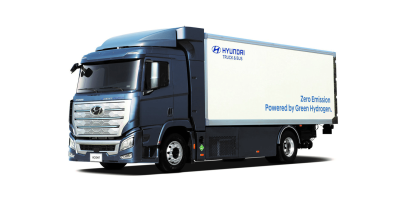
Hyundai opts for Faurecia systems for fuel cell trucks
06.02.2020
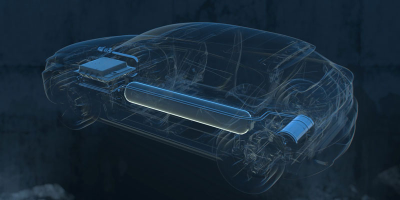
Michelin & Faurecia launch fuel cell JV Symbio
21.11.2019

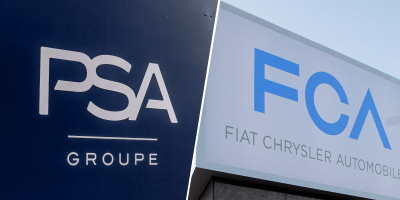
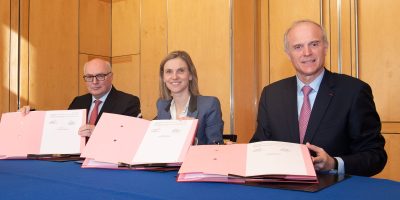
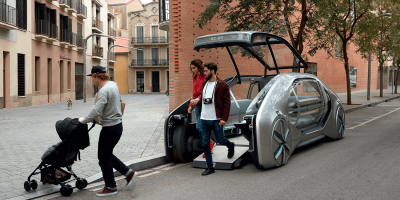

Last commented